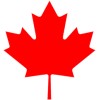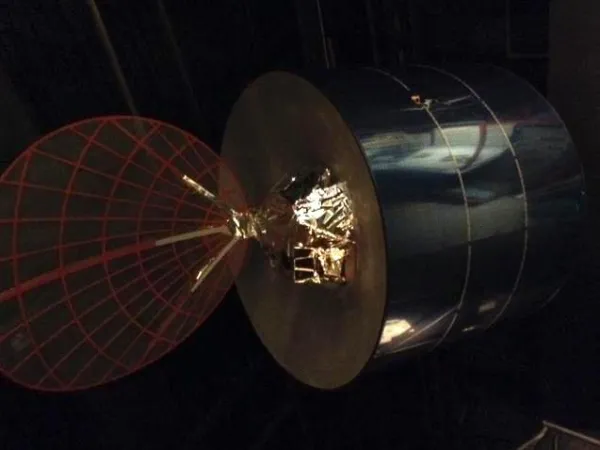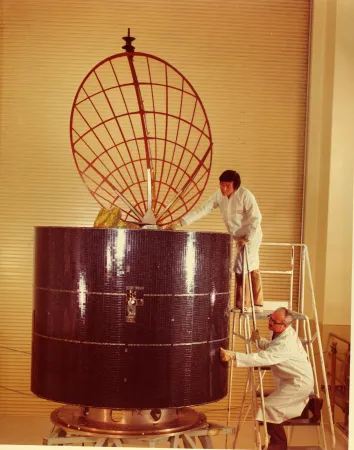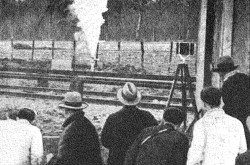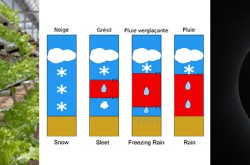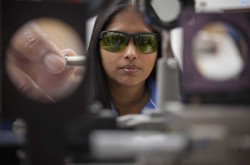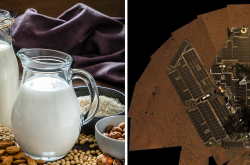Northern lights: The world’s first domestic satellites
This article was originally written and submitted as part of a Canada 150 Project, the Innovation Storybook, to crowdsource stories of Canadian innovation with partners across Canada. The content has since been migrated to Ingenium’s Channel, a digital hub featuring curated content related to science, technology and innovation.
During the Cold War it was hard to come across aerospace technology that wasn’t driven by militaristic intentions or purposes of espionage. So, while the space race was waging Canada managed to make the first domestic satellite the world had ever seen.
It was called the Anik A, and launched from Cape Canaveral, Florida, on a Thor-Delta rocket in 1972. Telesat Canada made the satellite capable of directing frequencies anywhere in the country and allowed for CBC to broadcast throughout the Canadian north for the first time. There were three Anik A satellites in total, which is rather fitting since “anik” means brother in Inuktitut. The second launched in 1973 and the third launched in 1976. These two other satellites act as backups. As a whole, they’re known as the Anik A Satellite System.
The design of the satellites is based on the frame that the Hughes Aircraft Company made for the Intelsat IV. There’s a cylindrical body that spins to stabilize the satellite while it’s in orbit and a despun section which always makes sure the antenna is pointed in the right direction.
Communications satellites like the Anik A System receive an uplink, which is a low-level radio signal being sent to space from a station on the ground. Then, traveling wave tubes in the satellite amplify the signal for the downlink, which is the signal being sent down to Earth. The Anik A satellites had the ability to broadcast 12 TV channels in colour. The uplink and the downlink would be at different frequencies to avoid interfering with each other. Frequencies could get even more unique through a process called multiplexing, which creates different frequencies for different customers.
Domestic satellites were unheard of in the 70’s but Canada’s willingness to innovate made it so broadcast television could be provided to all people throughout the nation. In line with the CN Tower, Telesat and the Anik A Satellite System contributed to Canada’s role in leading telecommunications innovations across the planet.
By: Jassi Bedi


